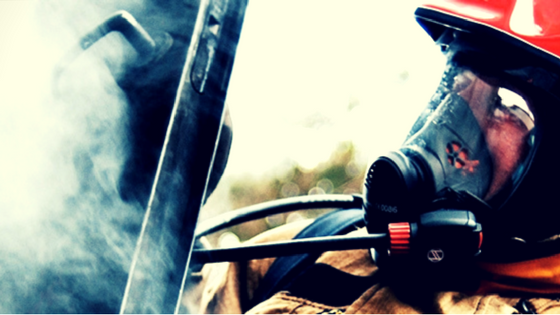Depending on the industry you work in, you might rely on protective gear like gloves, steel-toed boots, special suits, or headwear to keep you and your team safe on the job. But equal protection should also be given to your lungs, as they could be impacted by the work environment in ways you can’t see.
You might not see them, but the air you breathe at a job site could be filled with flakes of dust, toxins, fumes, smoke, sprays, and other harmful elements that could negatively impact your lung function. And the subsequent consequences from lack of respiratory protection could be severe:
- You set yourself up for future lawsuits or worker’s compensation claims
- You lose employees who feel their health isn’t top priority
- You experience setbacks in project deadlines
Make Protection Mandatory
Don’t give your employees an option when it comes to using respiratory protection. Instead, set it as a company requirement, just as you would with wearing footwear or goggles when performing specific tasks, provided that the use of this gear does not create additional danger.
Let employees know in which cases they are required to wear respiratory protection, and in which instances they are encouraged, but not forced, to wear it. You can also illustrate the potential physical consequences if they fail to use protection during crucial assignments.
Demonstrate How to Properly Use Respiratory Protection
It pays to train your team on how to wear and operate respiratory protection correctly. Show them how the gear is supposed to fit, as well as how to use it. Let them know how to identify signs of damage and potential failure, and how to report these instances.
While you might not be able to fully control air contamination, you should take the initiative to prevent as much of those elements from entering the lungs of you and your team.
